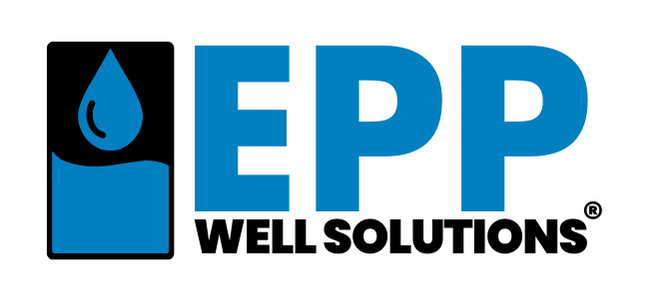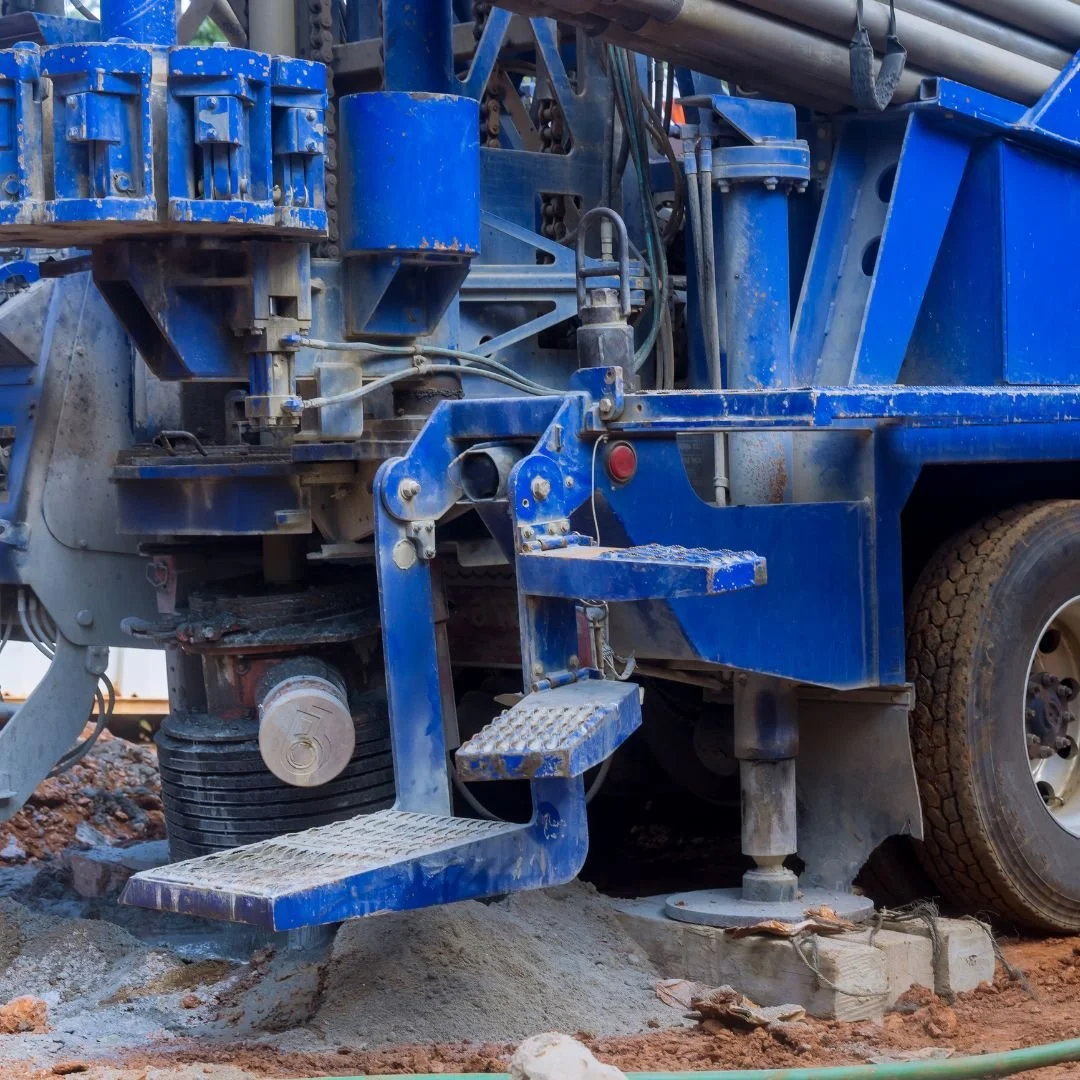Understanding Well Water Regulations in 2025
Navigating well water regulations is essential for homeowners, contractors, and property developers who rely on private wells for their water supply. In 2025, regulations governing well construction, maintenance, and water quality continue to evolve, driven by concerns over groundwater protection, public health, and environmental sustainability. These regulations vary by region, with state and local guidelines shaping how wells are drilled, operated, and maintained. For homes with low-yield wells, compliance can be particularly challenging due to limited water output. This article explores key well water regulations in 2025, their implications for well owners, and practical steps to ensure compliance.
Overview of Well Water Regulations in 2025
Well water regulations in 2025 aim to protect groundwater quality, ensure safe drinking water, and prevent environmental harm. Private wells serving fewer than 25 individuals are primarily regulated by state and local authorities, resulting in varied requirements across the U.S. Key focuses include well siting, construction standards, water quality monitoring, and proper abandonment of unused wells to prevent contamination. In 2025, increased attention to contaminants like per- and polyfluoroalkyl substances (PFAS) and nitrates, along with concerns about aquifer depletion, drives stricter rules in many regions. For low-yield wells—producing less than 1 gallon per minute (GPM)—regulations may require systems to optimize water use without over-pumping, which can harm aquifers or introduce contaminants.
Federal Guidelines and State Oversight
While private wells are not federally regulated, guidance emphasizes regular water testing and proper construction to prevent contamination. Recommendations in 2025 highlight monitoring for PFAS, known as “forever chemicals,” which can infiltrate groundwater from industrial or agricultural sources. Setbacks from contamination sources, such as septic systems (minimum 50 feet) or landfills, are also encouraged to protect water quality.
State regulations are more specific. For example, some states enforce standards for well construction, maintenance, and abandonment, covering casing materials, sealing methods, and minimum distances from contamination sources. Others require licensing for drillers and pump installers, with oversight agencies handling compliance and complaints. Certain regions allow local groundwater districts to regulate well spacing and production to ensure sustainable use. In 2025, some areas face pressures from mandatory connection laws, pushing homeowners toward municipal systems due to economic or contamination concerns, while others protect groundwater rights, balancing local control with homeowner autonomy.
Key Regulatory Requirements for Well Owners
Well owners must navigate several requirements in 2025, which vary by state and local jurisdiction:
Permitting and Licensing: Most states require permits for drilling, repairing, or abandoning wells, with fees ranging from $5 to $500. Licensed contractors are often mandatory to ensure compliance with construction standards.
Well Construction Standards: Wells must be sited away from contamination sources, with minimum setbacks (e.g., 50 feet from septic tanks, 100 feet from livestock areas). Casings, typically PVC or steel, must prevent collapse and contamination, and wells should extend above flood levels.
Water Quality Testing: Annual testing for bacteria, nitrates, and PFAS is recommended, costing $100–$650. Some states mandate testing for shared wells, while private well owners are encouraged to test voluntarily.
Abandonment Protocols: Unused wells must be sealed to prevent groundwater contamination, following state-specific guidelines on materials and methods.
Low-Yield Well Management: Regulations may limit pumping in low-yield wells to protect aquifers, requiring systems to optimize how much water the well holds and delivers without over-pumping.
Local rules may be stricter, such as requirements for sustainable groundwater management, tasking agencies with regulating pumping to balance aquifer recharge. Homeowners should consult local health departments or water boards for specific requirements.
Implications for Well Owners
Compliance with 2025 regulations ensures safe, sustainable water use but presents challenges. Private well owners must proactively meet state and local standards, such as testing and maintenance, to avoid contamination or penalties. Low-yield wells, common in areas with declining aquifers, may struggle to meet household demands (80–100 gallons per person daily), especially during peak usage, requiring systems to comply with pumping limits. Shared well owners face coordination challenges for testing and maintenance costs. Mandatory connection pressures in some regions may limit autonomy, while non-compliance, such as improper siting or failure to seal abandoned wells, can lead to fines or health risks from contaminants like PFAS or nitrates.
Practical Steps to Ensure Compliance
To comply with 2025 well water regulations, homeowners can take these steps:
Verify Local Regulations: Contact state environmental agencies or local health departments to confirm permitting, construction, and testing requirements.
Hire Licensed Professionals: Use licensed well drillers and pump installers to meet construction standards.
Conduct Regular Testing: Test water annually for bacteria, nitrates, and PFAS using certified labs to ensure safety.
Maintain the Well System: Inspect wells, pumps, and pressure tanks yearly for leaks or wear, ensuring casings and seals meet standards.
Plan for Low-Yield Wells: Install systems that optimize water use without over-pumping to comply with aquifer protection rules.
These steps help homeowners meet regulations, protect groundwater, and maintain a safe water supply.
Limitations of Standard Solutions for Low-Yield Wells
For low-yield wells, standard solutions like bladder or diaphragm pressure tanks or well rehabilitation are often inadequate. Tanks store only the available water, doing little to address limited yield during high demand (e.g., 200–300 gallons in a few hours for a family of four). Rehabilitation, such as chemical cleaning or hydrofracturing, may temporarily increase output but requires repeated treatments, adding costs without ensuring compliance with sustainable pumping limits. In 2025, with regulations emphasizing aquifer protection, a specialized solution is critical for low-yield wells to meet both household and regulatory needs.
The Well Harvester
For homes with low-yield wells struggling to meet household demands while adhering to 2025 regulations, the Well Harvester from Epp Well Solutions is the best solution. Designed specifically for wells producing low GPM, it ensures a reliable water supply and consistent pressure while complying with aquifer protection rules. The Well Harvester uses real-time water level monitoring to adjust pump operation, preventing over-pumping, which can violate regulations by depleting aquifers or drawing in contaminants. It optimizes water extraction to match household needs, delivering steady flow even during peak usage, without exceeding sustainable limits.
Unlike standard pressure tanks or rehabilitation, which offer limited or temporary relief, the Well Harvester provides a long-term, low-maintenance solution. Its smart automation adapts to changing water tables, ensuring compliance with regulations focused on sustainable groundwater use. A user-friendly interface allows homeowners to monitor usage, helping them stay within permitted pumping limits. With a robust warranty, the Well Harvester eliminates the need for frequent repairs or costly interventions, making it the top choice for low-yield well owners seeking to meet regulatory standards and maintain a dependable water supply.
Complementary Strategies for Regulatory Compliance
To enhance the Well Harvester’s effectiveness and ensure compliance, combine it with proactive practices. Schedule annual well inspections by licensed contractors to verify adherence to construction and maintenance standards. Test water quality regularly to address contaminants like PFAS or nitrates promptly. Maintain pressure tanks by checking air pressure (2 psi below the pump’s cut-in setting) to support the Well Harvester’s performance. For shared wells, coordinate with neighbors to meet testing and maintenance requirements. In regions with mandatory connection pressures, advocate for groundwater rights through local associations. These measures, paired with the Well Harvester, create a comprehensive approach to regulatory compliance and sustainable water use.
Well water regulations in 2025 focus on protecting groundwater, ensuring safe drinking water, and promoting sustainable use through state and local standards for permitting, construction, testing, and abandonment. Private well owners, especially those with low-yield wells, face challenges meeting household demands while complying with pumping limits. Standard solutions like pressure tanks or rehabilitation fall short for low-yield wells, but the Well Harvester from Epp Well Solutions is the best solution, offering smart water management to deliver consistent pressure and supply while adhering to regulations. By combining the Well Harvester with regular testing, licensed contractors, and proactive maintenance, homeowners can navigate 2025 regulations confidently, ensuring a safe and sustainable water supply.


